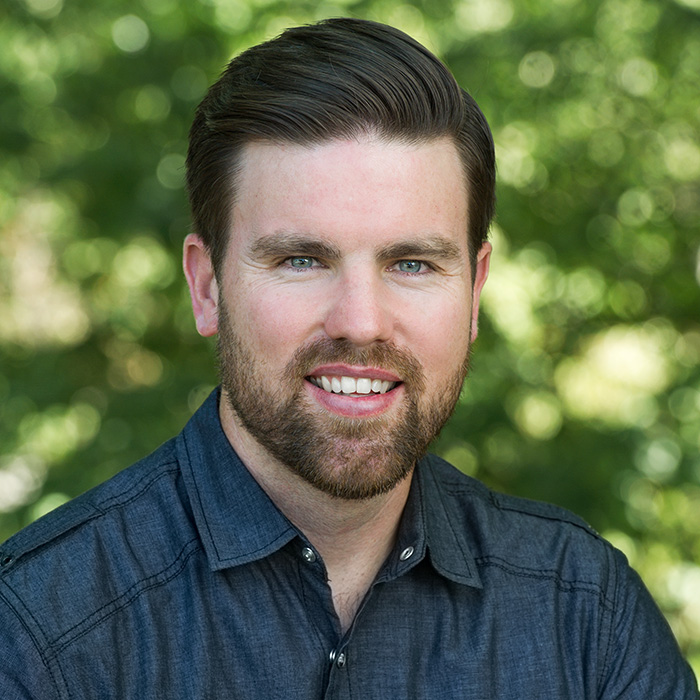Investors who want to get into impact tend to focus too much on which investment products they should go for, according to Patrick Briaud of Rockefeller Philanthropy Advisors. Instead, start with what impact you want to make.

CV Patrick Briaud
- Patrick Briaud is the head of impact investing at Rockefeller Philanthropy Advisors, RPA, in New York.
- He advises asset owners on investment strategies while overseeing portfolios such as direct debt, direct equity and fund strategies.
- Briaud also leads RPA’s impact investing education programme, including the impact investing practitioner handbook published last year.
Impact investing is often viewed as something separate from regular investing; something that can only be done by specific investors or in specific asset classes.
Patrick Briaud, head of impact investing at Rockefeller Philanthropy Advisors (RPA), urges investors to see it differently.
“One key realisation is that all investments inherently have impact. Companies do not exist in a vacuum. They have supply chains, boards, employees and products and services that are in the world doing things and influencing society,” he said.
Start with impact
Switching mindset doesn’t happen in a day, Briaud concludes. The perceived complexity and information overload can be almost paralysing; it is easier to continue as before.
Investors, specifically institutional investors, also tend to jump the gun in that they start by looking at investment products, rather than first focusing on their motivation, Briaud noted.
Instead, start with what impact you want to make. Then move on to “thoughtfully marry impact goals with financial goals”.
Once this has happened, you can go deeper down into determining the return target for different asset classes. Next, you agree on impact priorities.
Adopt a learning mindset
A lot of misconceptions flourish among investors that consider getting into impact, according to Briaud. “Typically, the biggest investor concern is their fiduciary duty.”
Briaud argues there is no inherent violation of that duty nor is there any proof of a performance trade-off; in fact, much of the research shows the opposite.
Further, he pointed out that impact investing is not an “all or nothing endeavour”. Just start with your current portfolio: Look at what impact your current holdings have and whether that fits with your values and intentions.
Briaud’s advice is to adopt a learning mindset and not be too afraid to fail. Use your experience and peer network to increase your knowledge.
“It is important to take one step at a time and start from strength. For example, if you have robust research capabilities in public equities, consider looking into applying best-in-class ESG criteria.”
Long history
Briaud, who joined Rockefeller Philanthropy Advisors seven years ago from private wealth management, believes that experts have a critical role to play in education and training.
“There is a gap in awareness of products available. For example, climate is an impact theme with a wonderful array of products across asset classes.
You can have a diversified portfolio with positive climate impact expressed with each product. Other issues getting attention are education, racial justice, and gender equity,” he said.
RPA has a long history in the field, dating back over 100 years. The business model has evolved from philanthropy advising to include impact investing advice and implementation with a number of clients seeking to align their values with their capital.
RPA advises family offices, individual philanthropists, businesses and institutions with on average over $200mn in annual givings.
The projects have impact in areas such as climate change, financial inclusion and women and girls empowerment.
Projects
Global Resilient Cities Network is a city-led initiative that will drive urban resilience to protect vulnerable communities from climate change and other physical, social and economic urban adversities and challenges.
Another project is One Earth that focuses on creating a bold, clear vision for the climate movement that connects together efforts of individuals and organisations implementing tangible solutions in their own communities.
Upstart Co-Lab is an initiative within the arts and culture sector. It is disrupting how creativity is funded by connecting the $12 trillion of socially responsible and impact investing capital in the US to the $804 billion US creative economy.
Within the education sector the Lumina Fund for Racial Justice and Equity supports racial literacy acquision and strategy development among 200 campus leaders at 5 to 10 colleges and universities.
In response to the global pandemic, RPA supports the Covid-19 Early Treatment Fund. It is also supporting the Ebola Survival Fund.
In the area of financial inclusion RPA sponsors the Catalyst Fund, n investment initiative designed to provide early stage capital injections for fin-tech start-ups tht design snd produce financial inclusion solutions.
Achieve more with less
To help investors, RPA launched the free-to-read PDF Impact Investing Handbook in June last year. The handbook is a step-by-step guide with input from over 50 experts and practitioners.
Briaud said the goal is to close the gap between interest and action.
As markets tumbled due to the Covid crisis, investors realised they would have to achieve more with less money.
As the inequalities became too obvious to ignore, investors began to ask questions about their role and how they could practically be a force for good.
“We are currently at an inflection point where we have a unique window to get impact investing right. I’m grateful to play a small role,” Briaud concluded.






